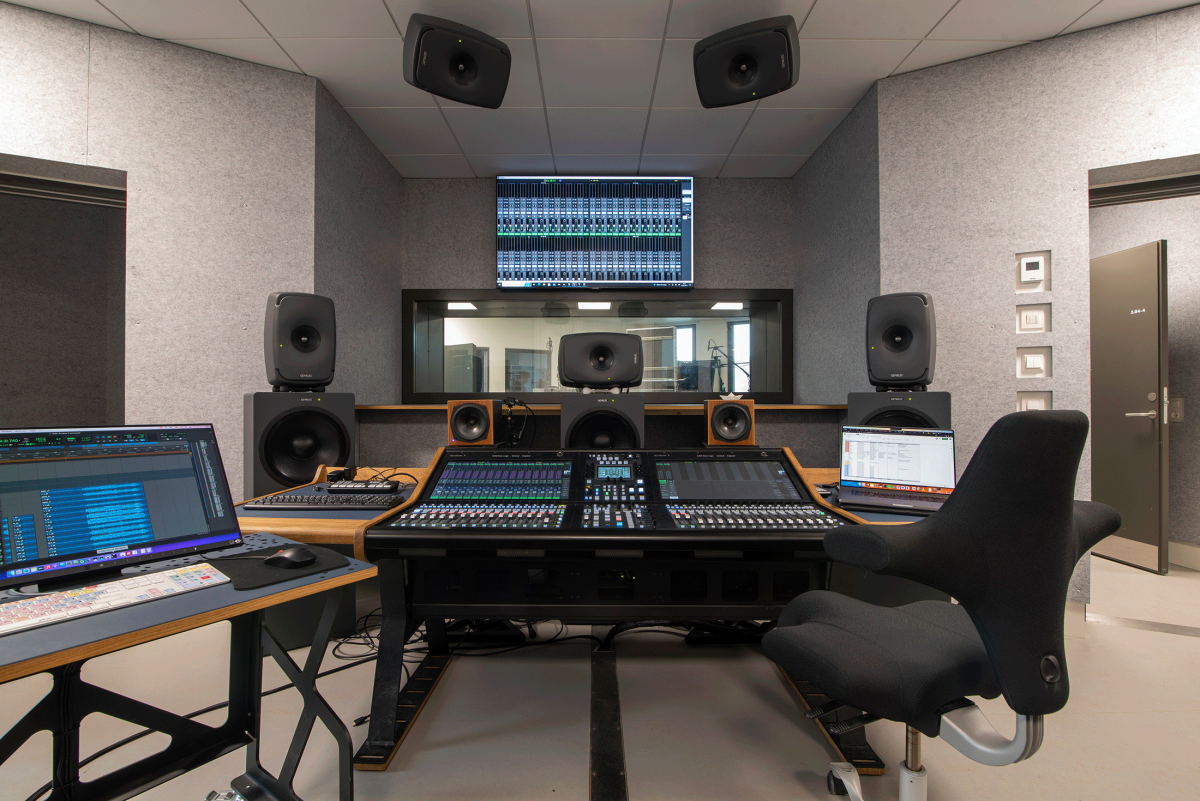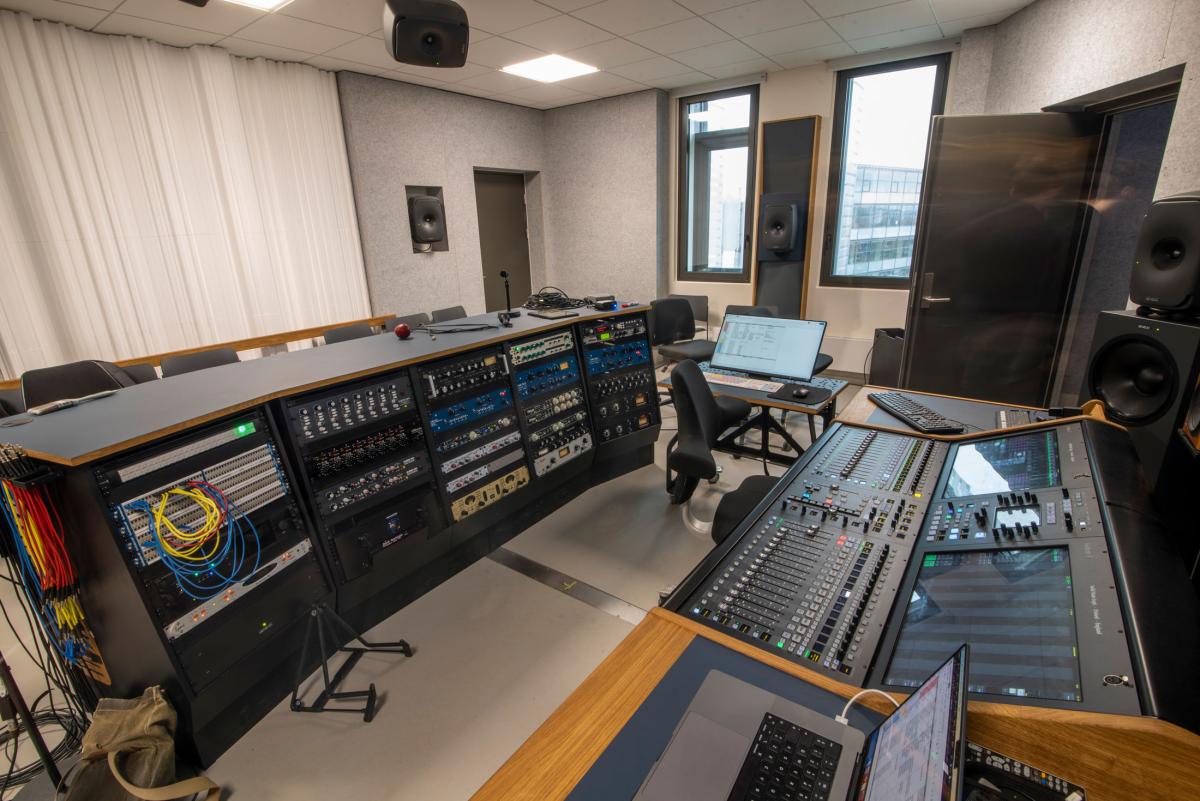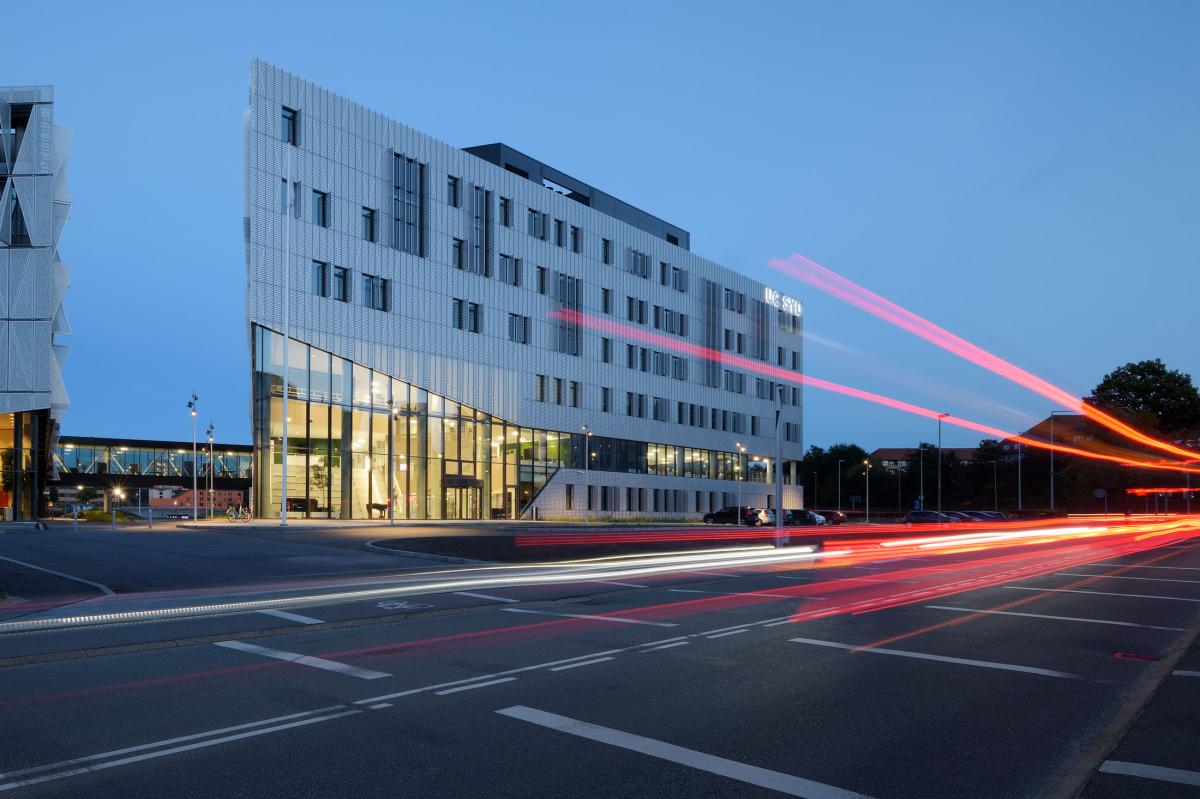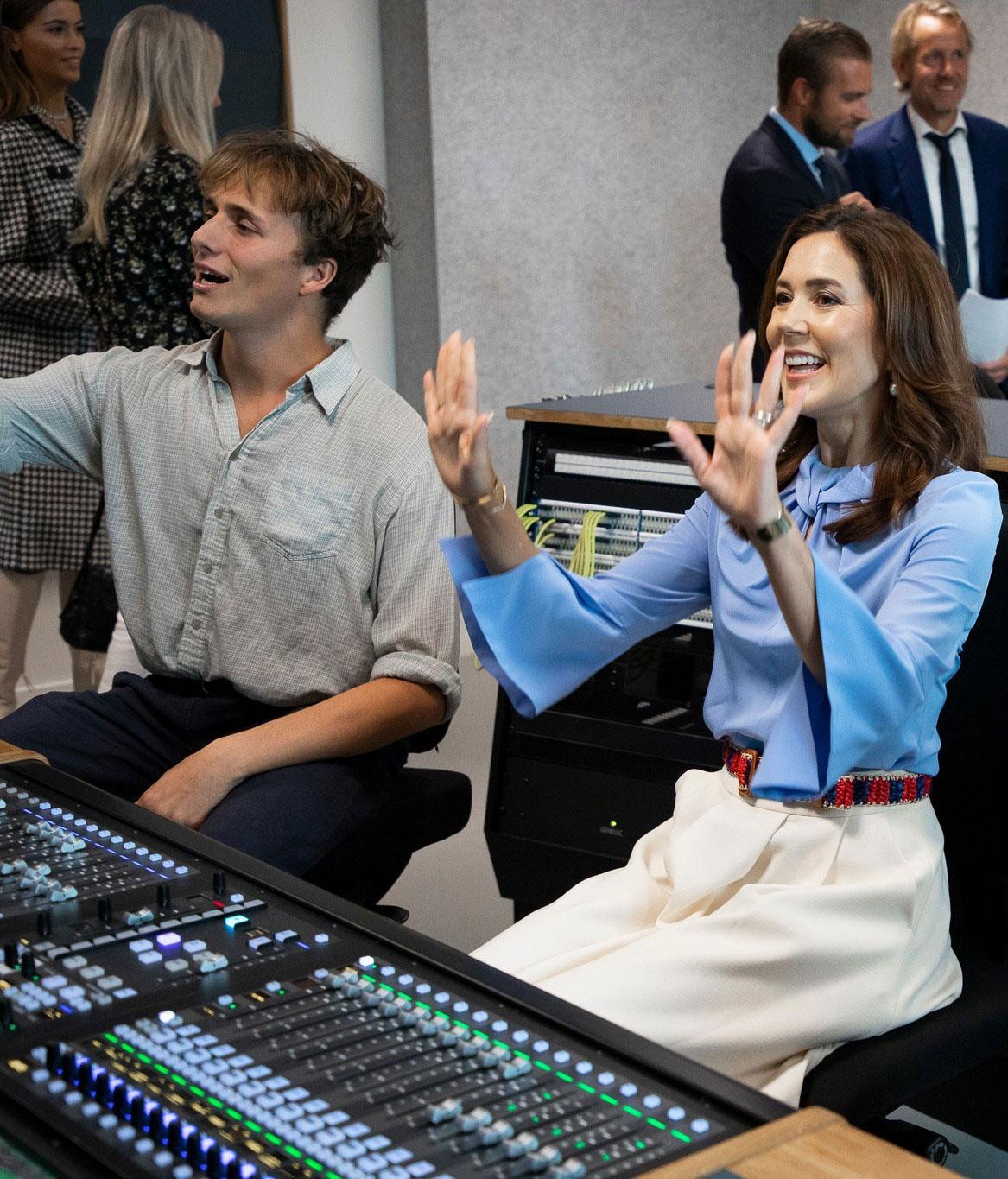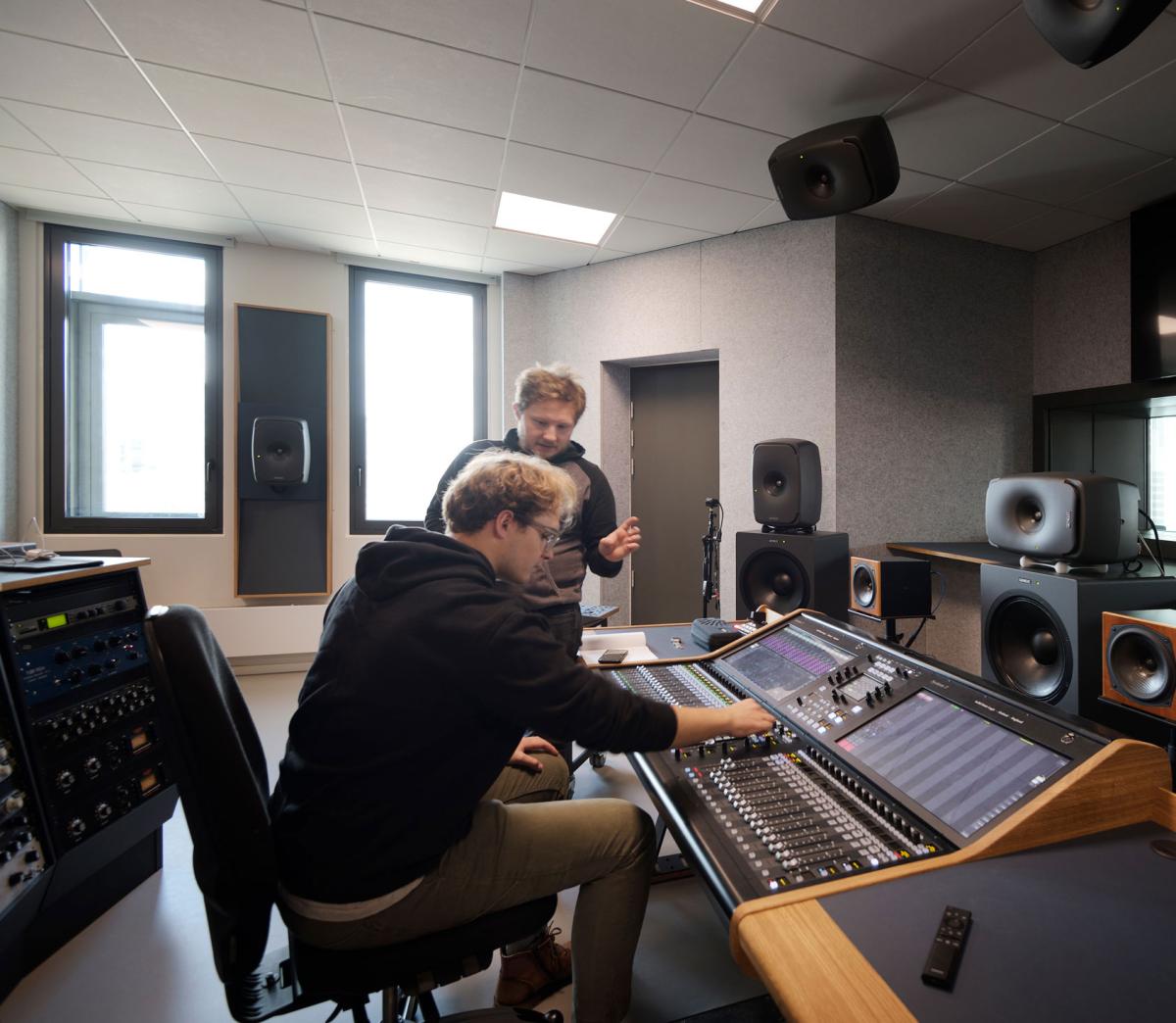SSL making its mark in Denmark
This being a university college, the aim is to provide students with an education that combines theory with its practical application, with students doing a four- to six-month internship during the course. As a result, Tirsbæk says, Sonic College looked around the country at what mixing consoles were being used by its students’ potential future employers. “Solid State Logic has a really good history in Denmark. Danish Broadcasting Corp bought the System T for its new studios and broadcast facilities and later, when we were trying to decide what to buy, we heard that they had also bought System T desks for all the music studios. So this is the only console that has been bought for music studios in Denmark for years.” In addition to Danish Broadcasting Corp, TV 2 Denmark have also installed a number of System T production systems.
Because SSL’s System T is so very flexible, Tirsbæk and the college’s technical team developed a basic template to help students get started on their sessions. “We could pretty quickly evolve the template to be really, really complex, but it can also just be a really simple inline console,” he explains. “If you plug a microphone into channel one in the live room it will come into Pro Tools on channel one and it will return on channel one. You don't need to do anything, that’s just the way it behaves. In the standard template, the cue system is just a copy of the stereo mix you have in the control room, so if you can hear it in the control room, it's fed to the cue system. It's a totally simple way of working.” They have also added a split console template for students who need that workflow.

